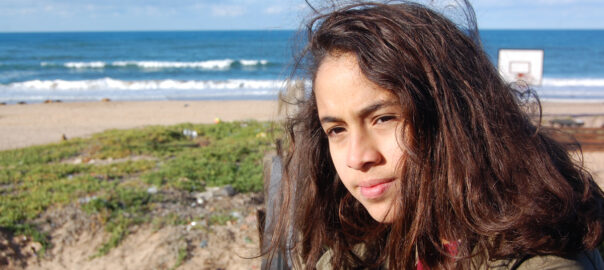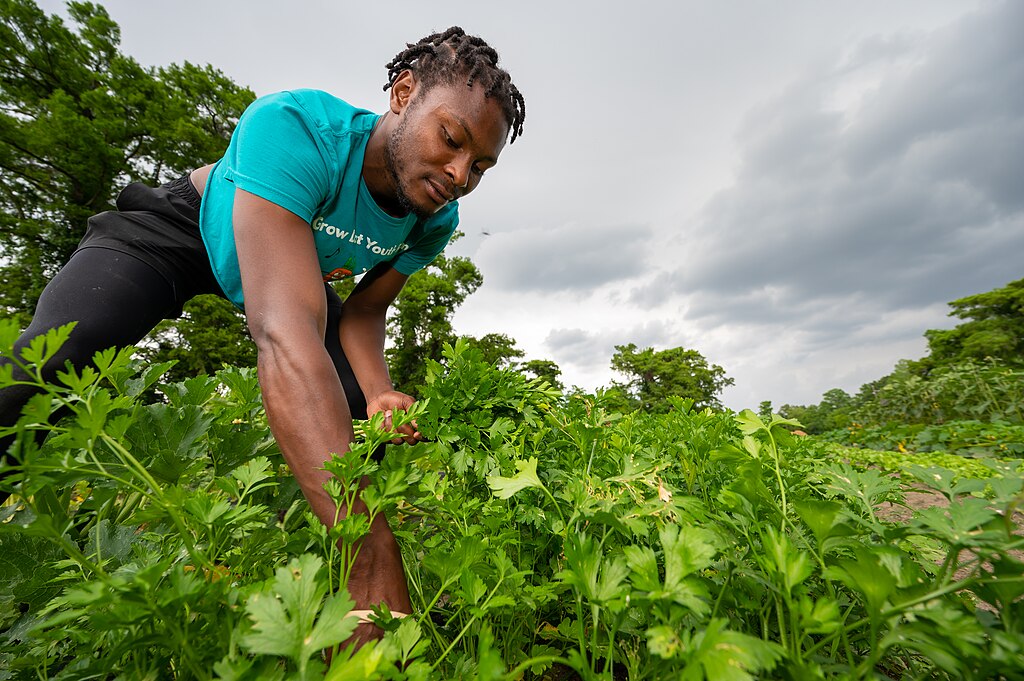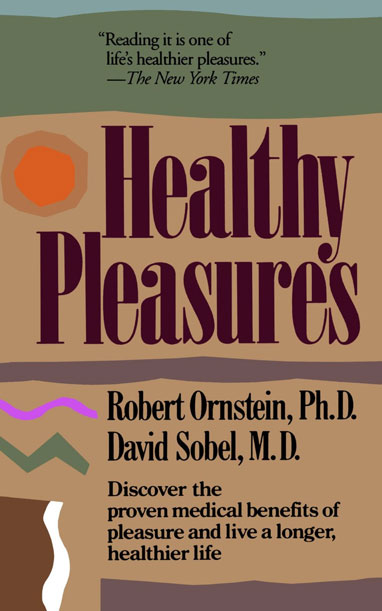
The Challenges of Adolescence
Lucyin, Wikimedia Commons
During adolescence, bodily changes are apparent; equally significant but less obvious are transformations in the brain. Cognitive abilities expand, risk and reward centers become increasingly important, and self-regulation may be challenging. Peers wield considerable influence, though teachers, parents and other adults are important too. Empowering experiences, positive social connections, real-world challenges, and stimulating education can help adolescents transition into a healthy adulthood.
Marked by significant physical, cognitive, and emotional changes, adolescence is challenging and often stressful for those in the midst of it, and for those who care for them. It is a developmental phase extending from puberty through the transition to adulthood. There are no set age limits for this phase, but it is commonly said to start between 11 and 13 years, with the transition to adulthood occurring somewhere between age 18 and 24.
Adolescence is a period of increasing independence, exploration, learning and growth. Peers play an important role during this time, but so do adults. Parents, teachers and others can help adolescents navigate challenges and develop into resilient, capable adults. While there can be difficulties, this developmental stage is also a unique time of growth and opportunity.

Adolescent Brain Development
During adolescence, the brain undergoes significant transformations that shape cognitive, emotional and social behaviors. This “second growth spurt” is marked by heightened neuroplasticity, making adolescents uniquely primed for learning, innovation and navigating complex social dynamics.

The Importance of Peers and Social Connections
Social connections and peer influences are crucial in adolescent development. While peer pressure can lead to negative behaviors, peer influence can also drive positive actions. Strong social bonds are essential, impacting mental health and overall well-being.

Adolescence: A Time of Vulnerability and Resilience
As neuroplasticity is heightened, adolescents are both vulnerable and resilient. Supportive relationships and access to resources can lead to positive trajectories, while negative experiences may increase vulnerability. It is important that adolescents have balanced real-world experiences and quality educational experiences.

The Power of New Perspectives and Social Activism in Adolescence
During adolescence, as abstract thinking abilities develop, many teens become engaged with complex social, ethical and moral issues. Such engagement boosts cognitive development and fosters well-being. Young activists from around the world inspire others and demonstrate that passionate young people truly can make a difference.

Healthy Pleasures
Robert Ornstein and David Sobel
Imagine a medical treatment that can help lower your blood pressure, decrease your risk for heart disease and cancer, boost your immune function and block pain. It’s safe, inexpensive and readily available. The main side effects include feeling good, an increased sense of well-being and greater self-confidence. Would you take it?

Beyond the Hole in the Wall
Discover the Power of Self-Organized Learning
Sugata Mitra
Sugata Mitra’s now famous experiments have shone light on the immense capacities that children have for learning in self-composed and self-regulated groups.

Improbable Scholars
The Rebirth of a Great American School System and a Strategy for America’s Schools
David L. Kirp
How do we determine if our schools are preparing students for a meaningful future in our society and improve the schools that are not living up to those standards? Explores the current crisis in American education and four districts that have made positive changes.

One World Schoolhouse
Education Reimagined
Salman Kahn
There may be a young girl in an African village with the potential to find a cancer cure. A fisherman’s son in New Guinea might have incredible insight into the health of the oceans. By combining the enlightened use of technology with the best teaching practices, we can foster students who are capable of self-directed learning, deep understanding of fundamentals, and creative approaches to real-world problems.
